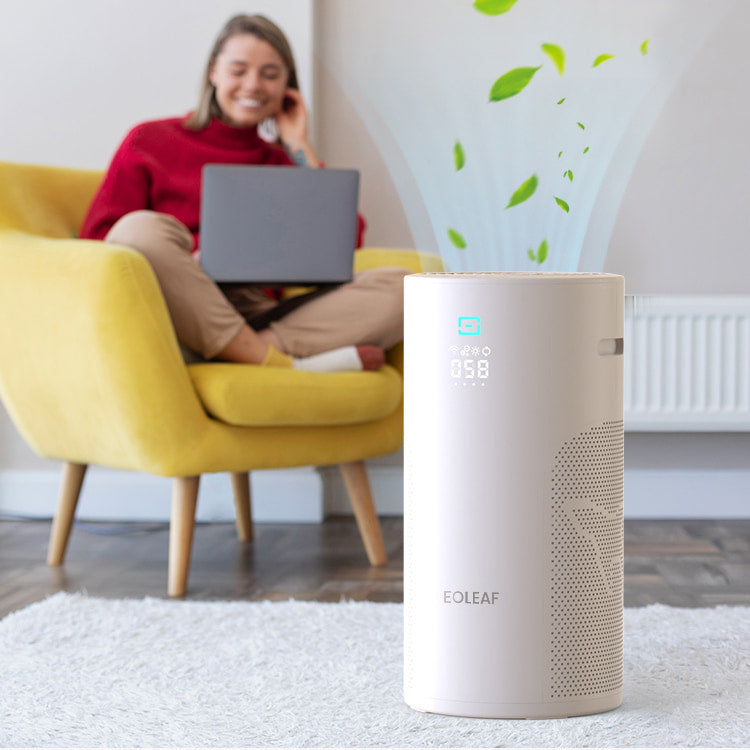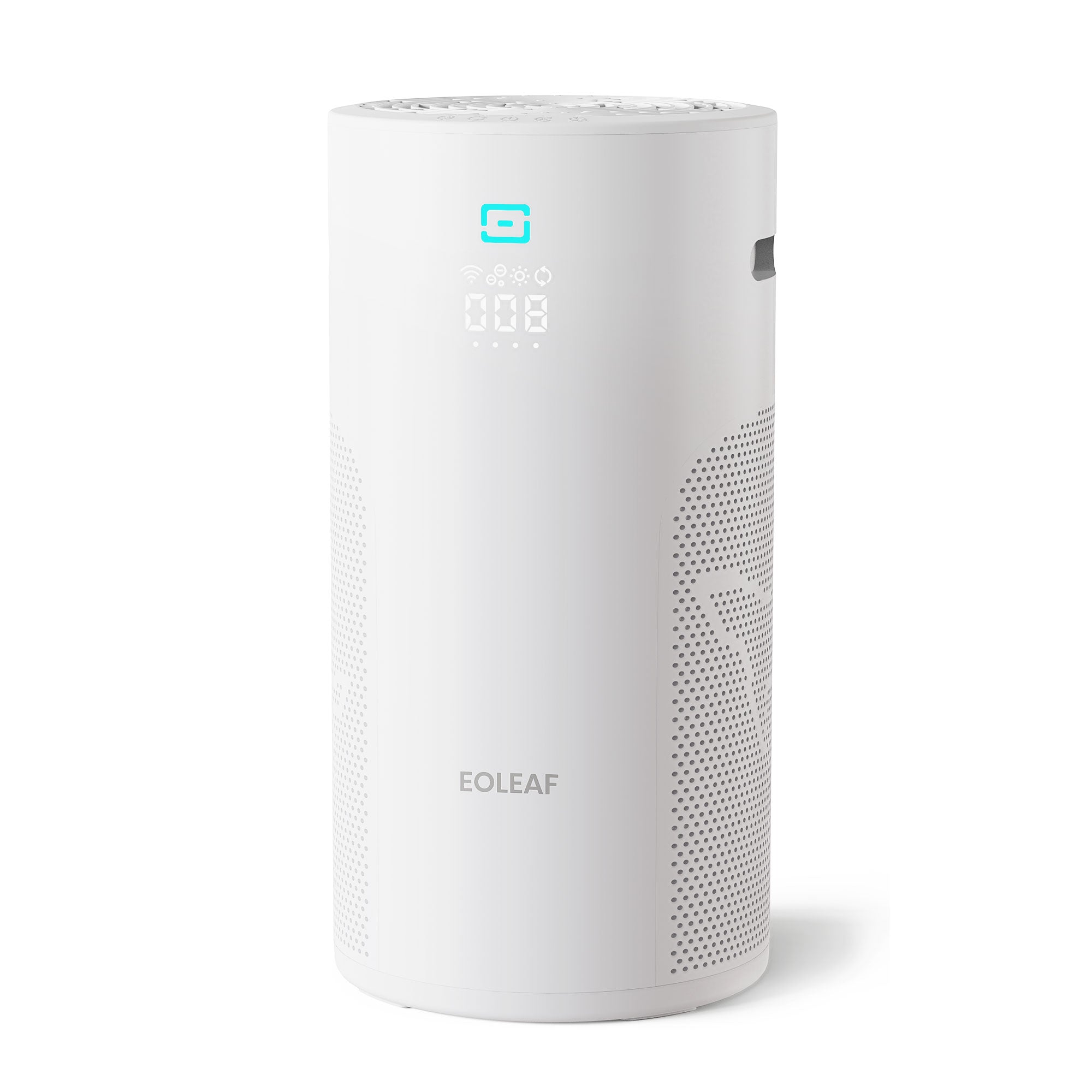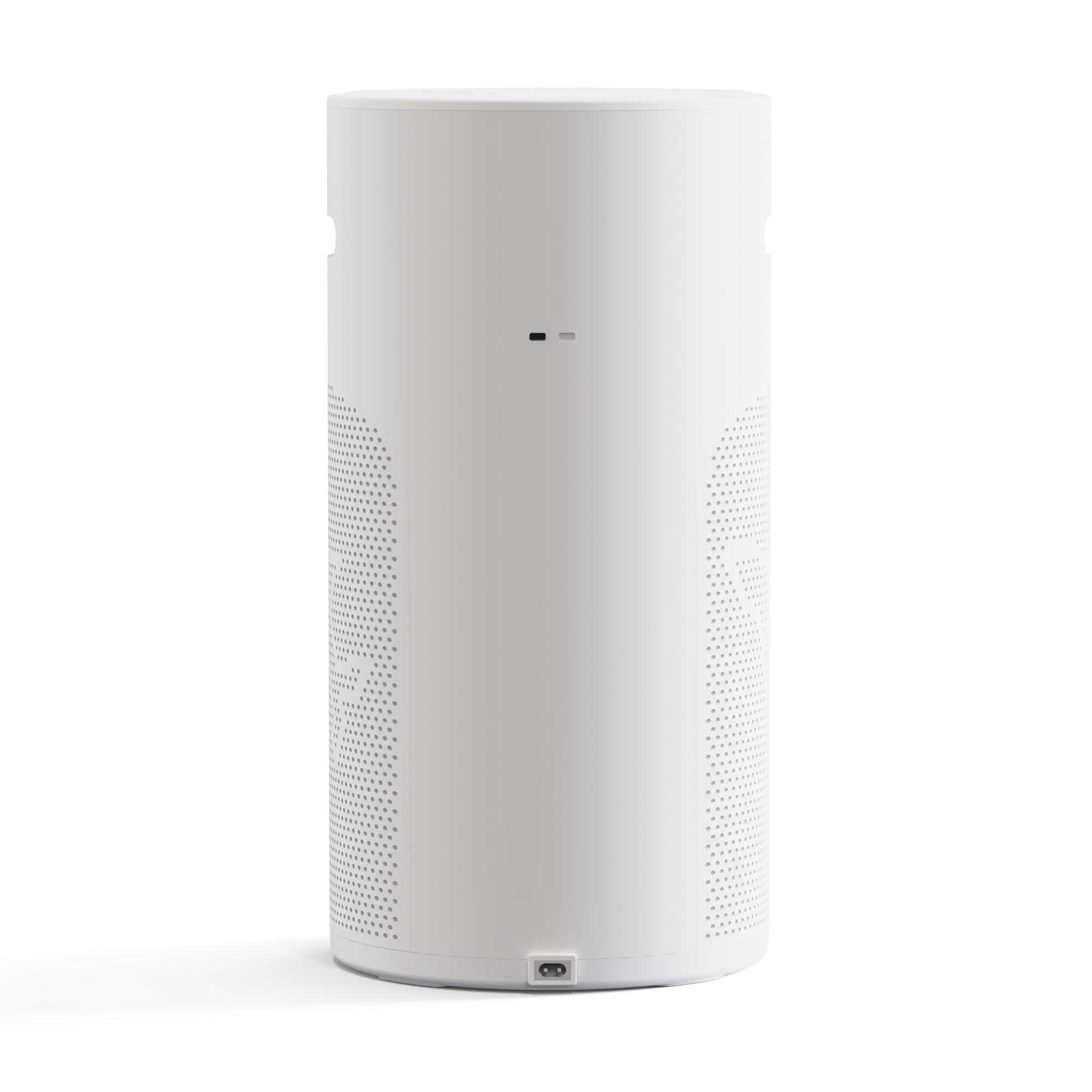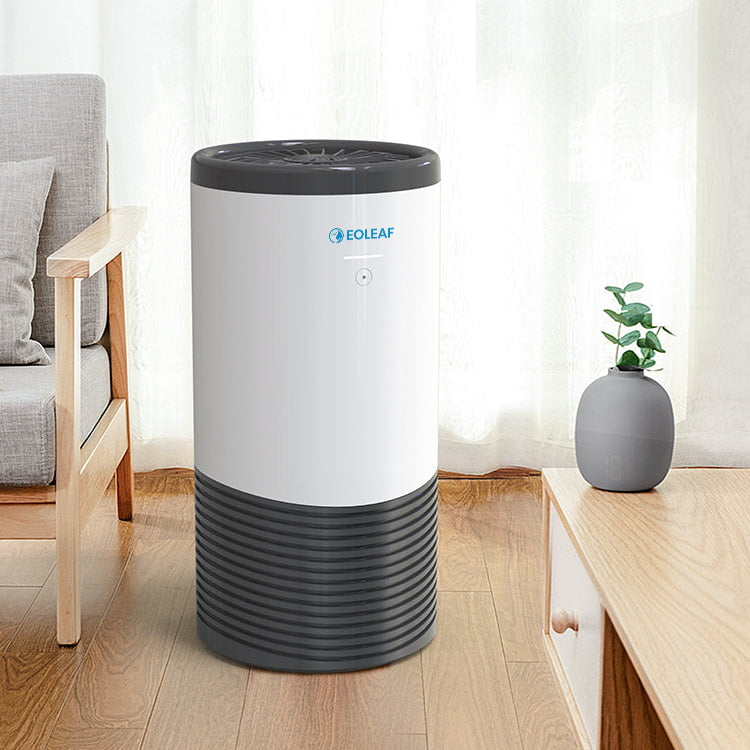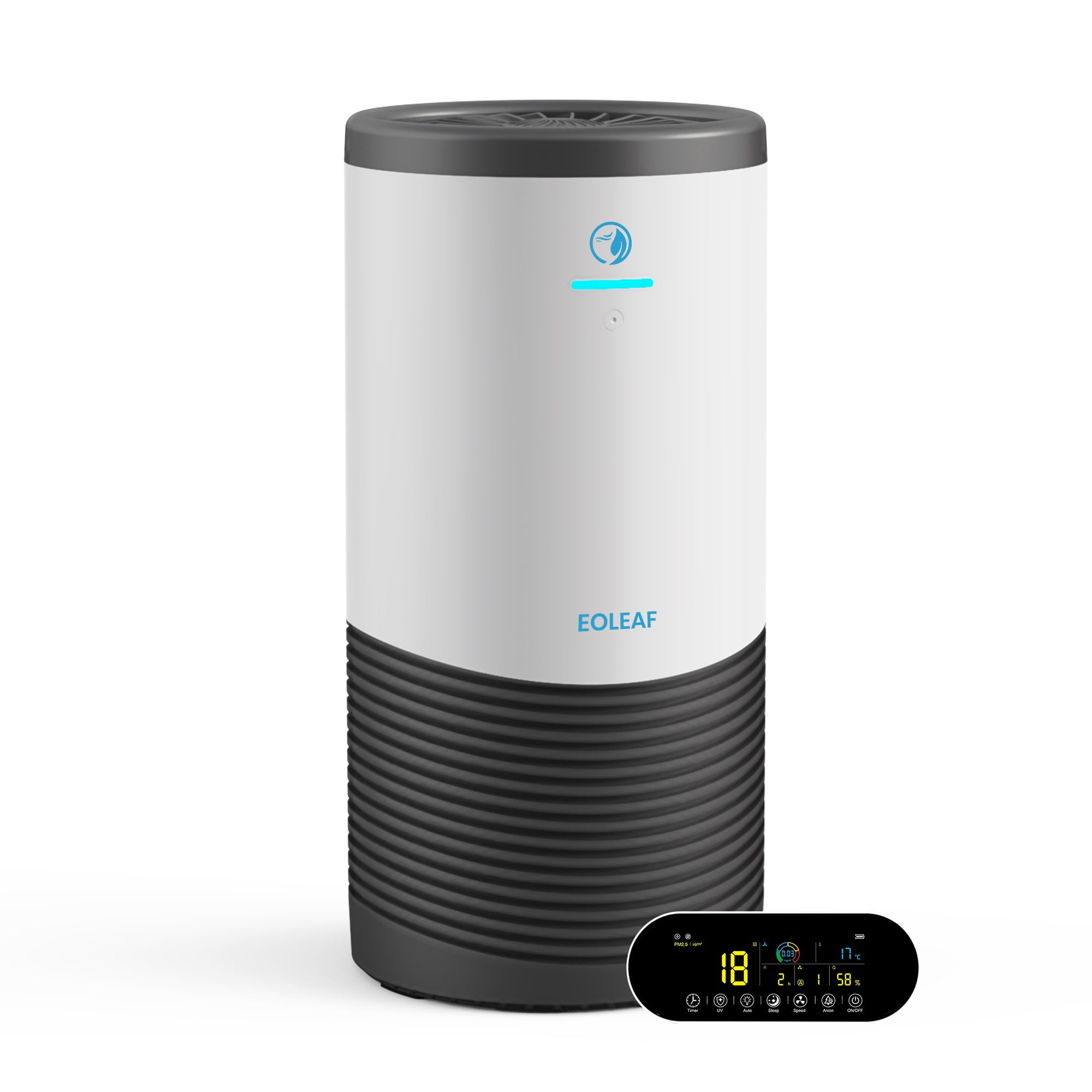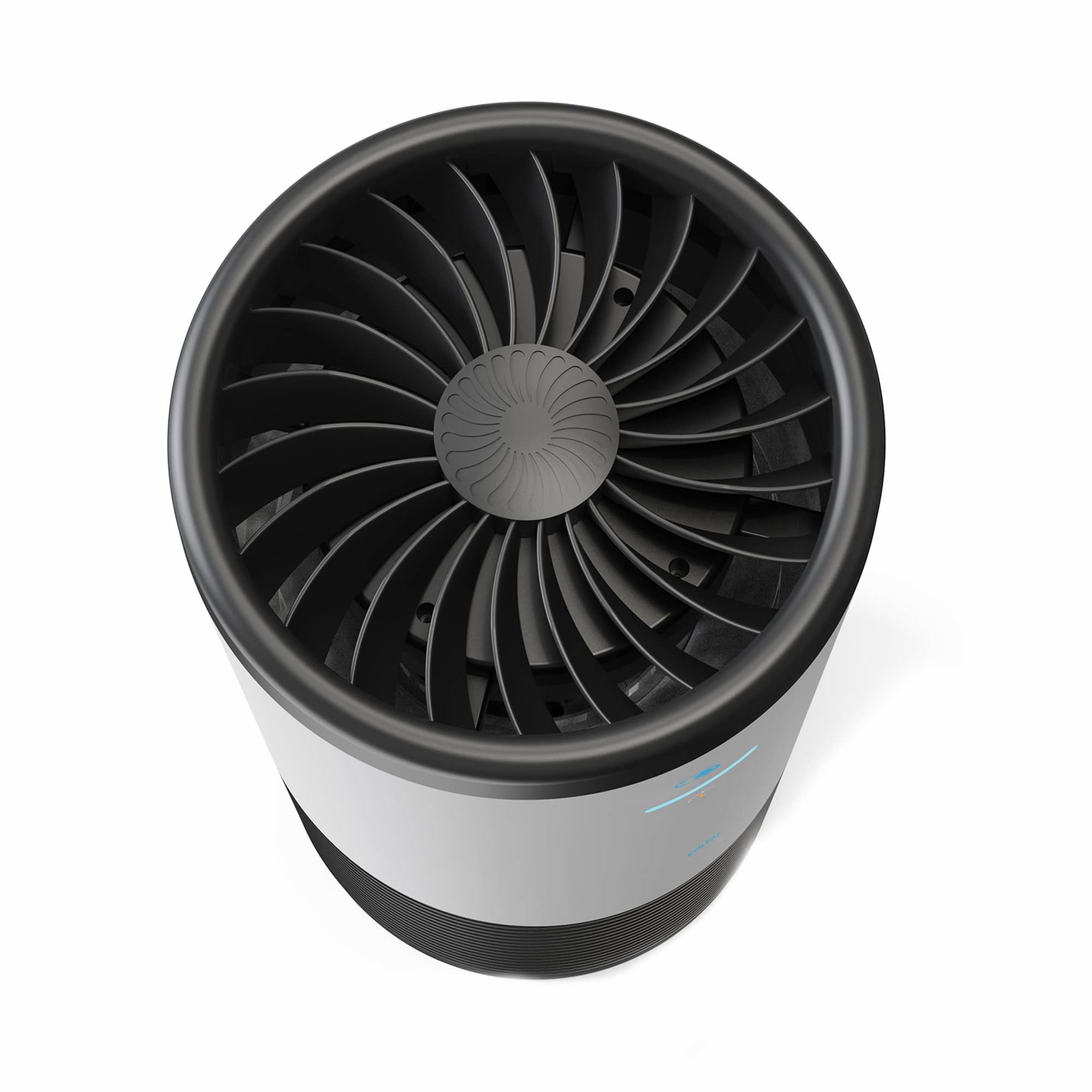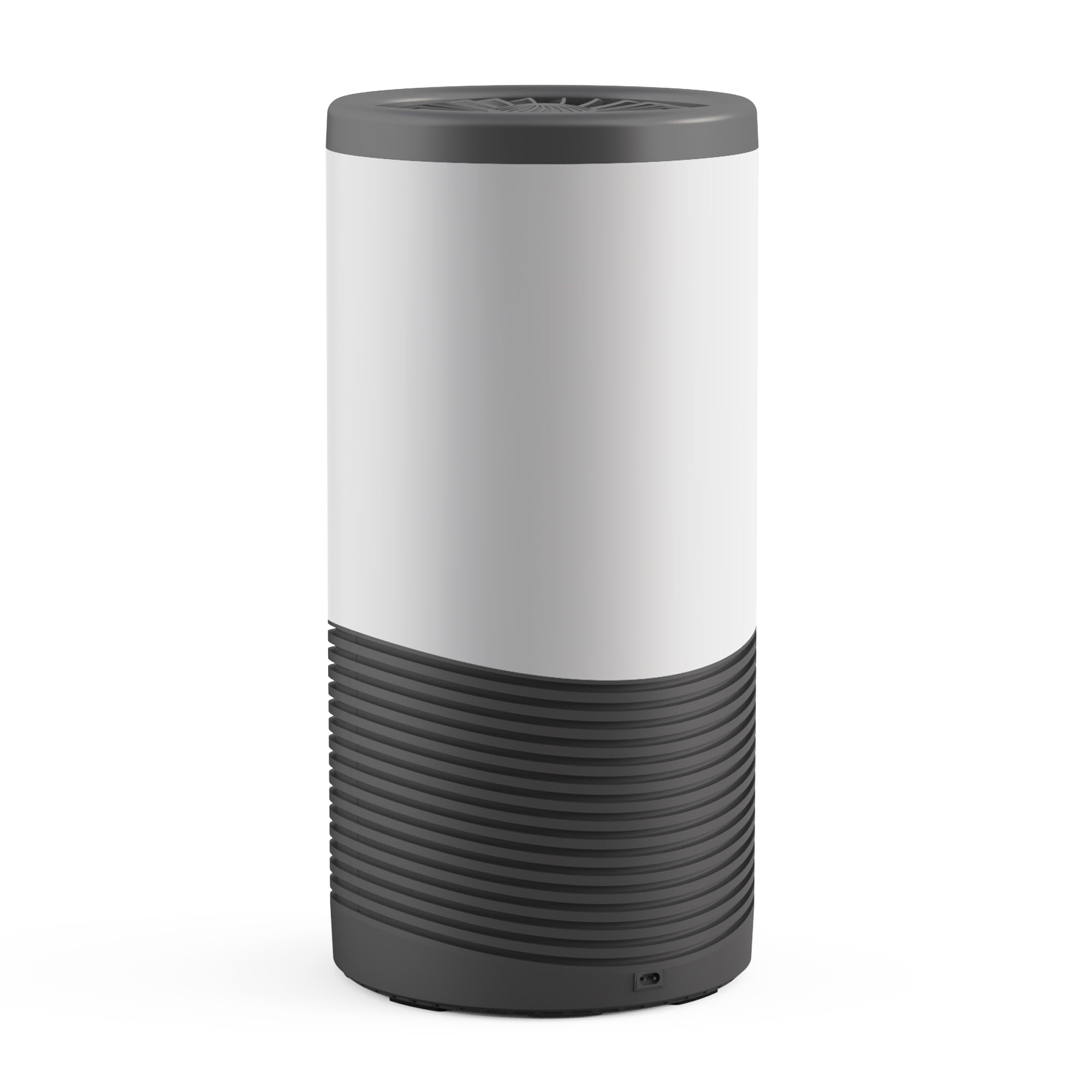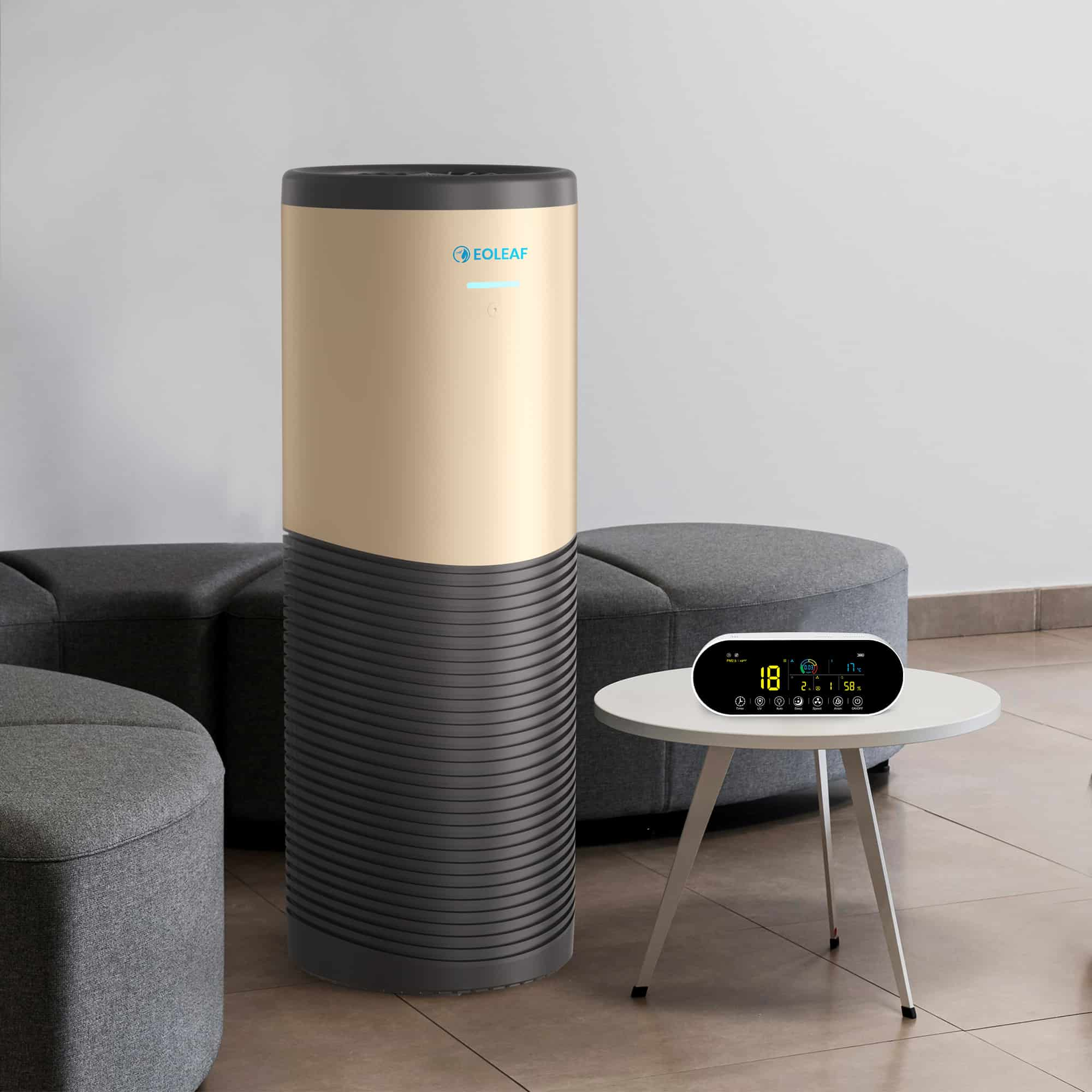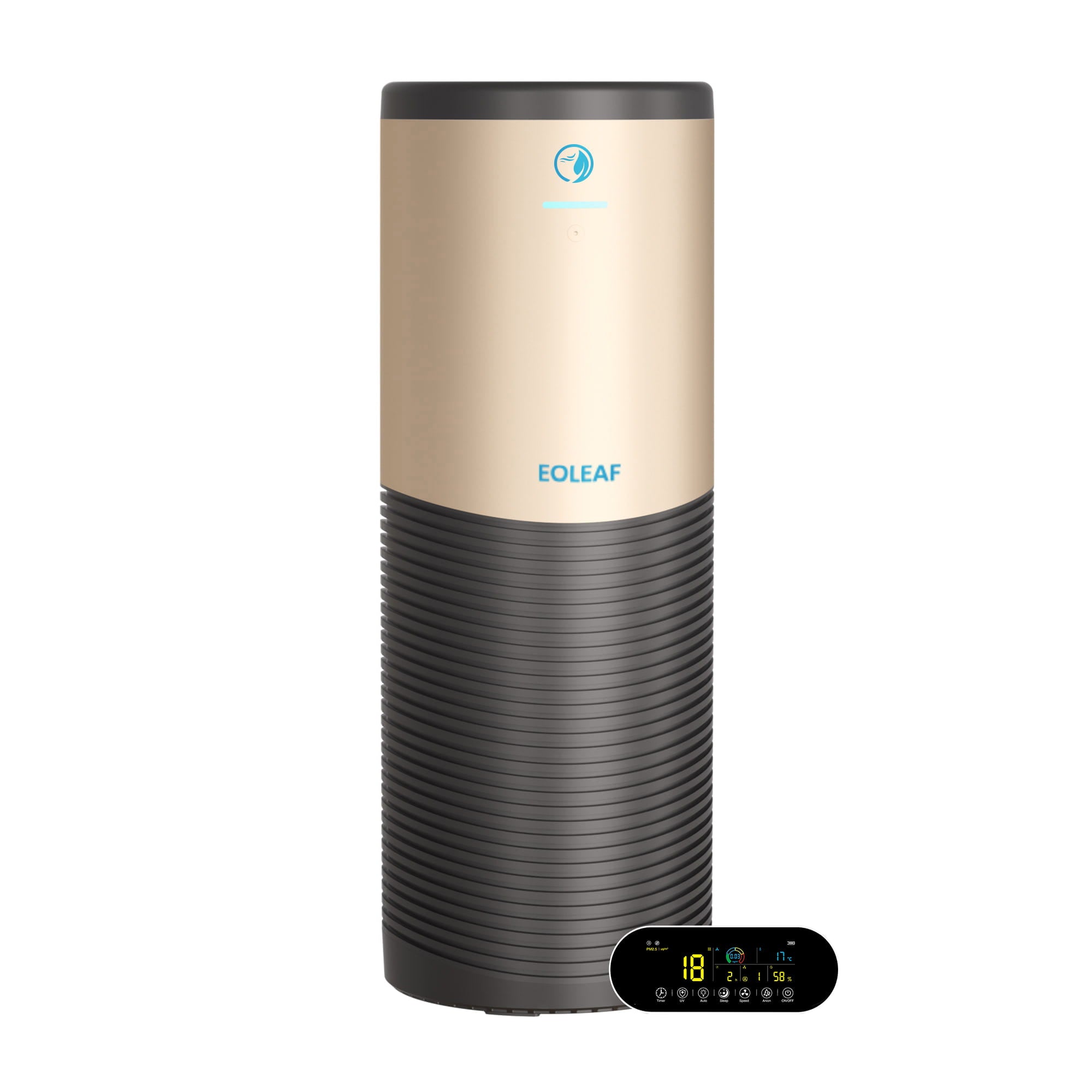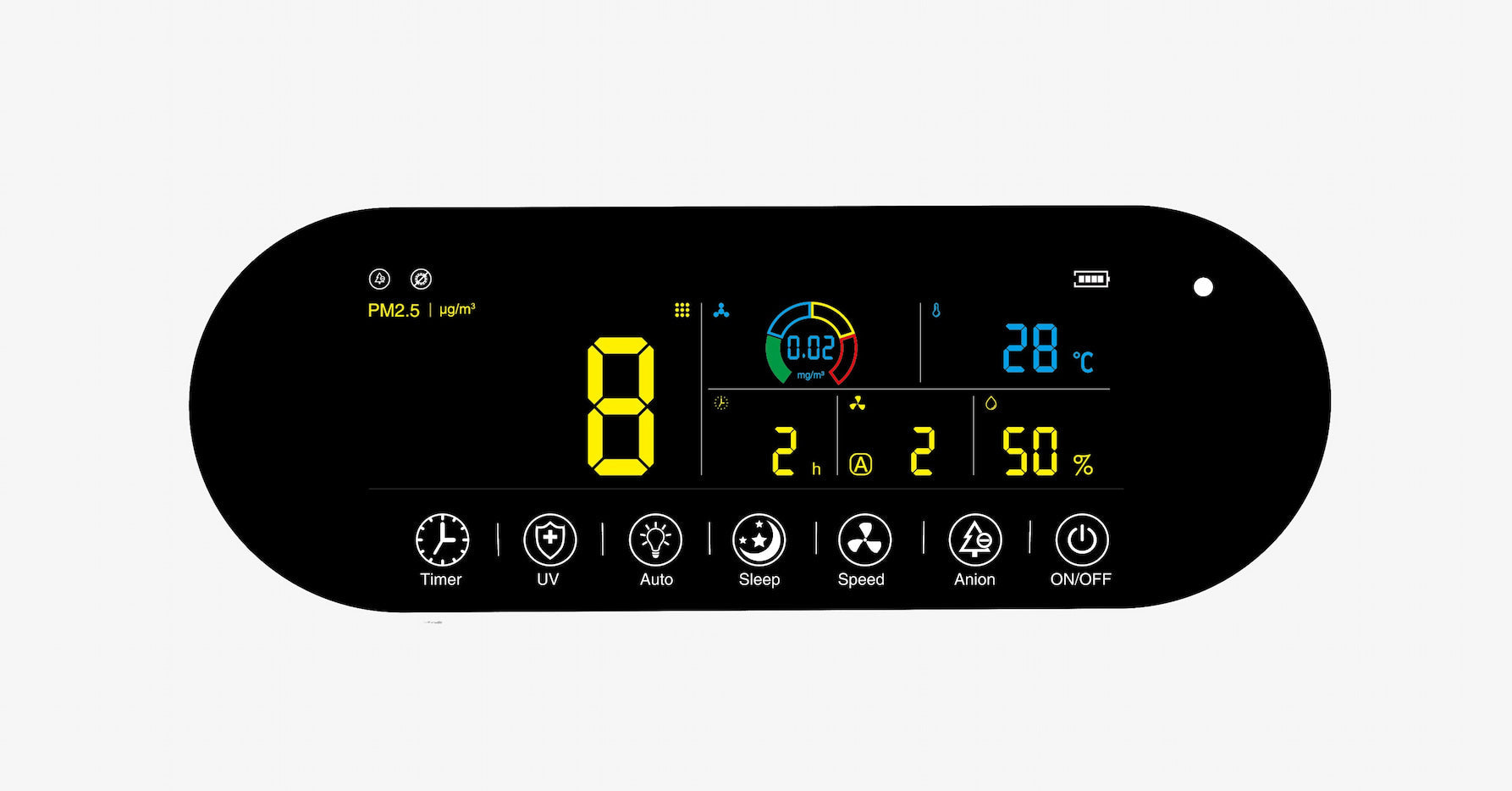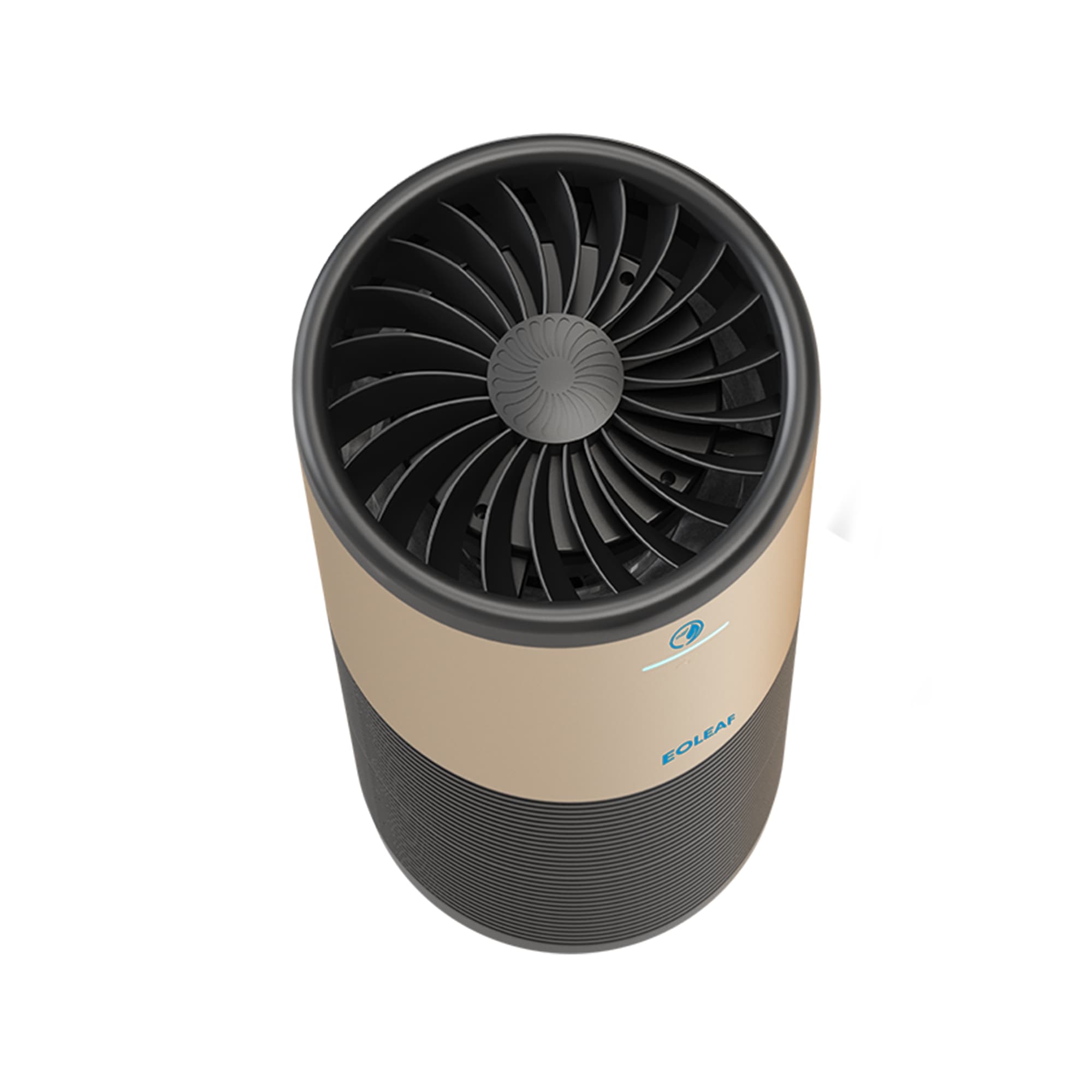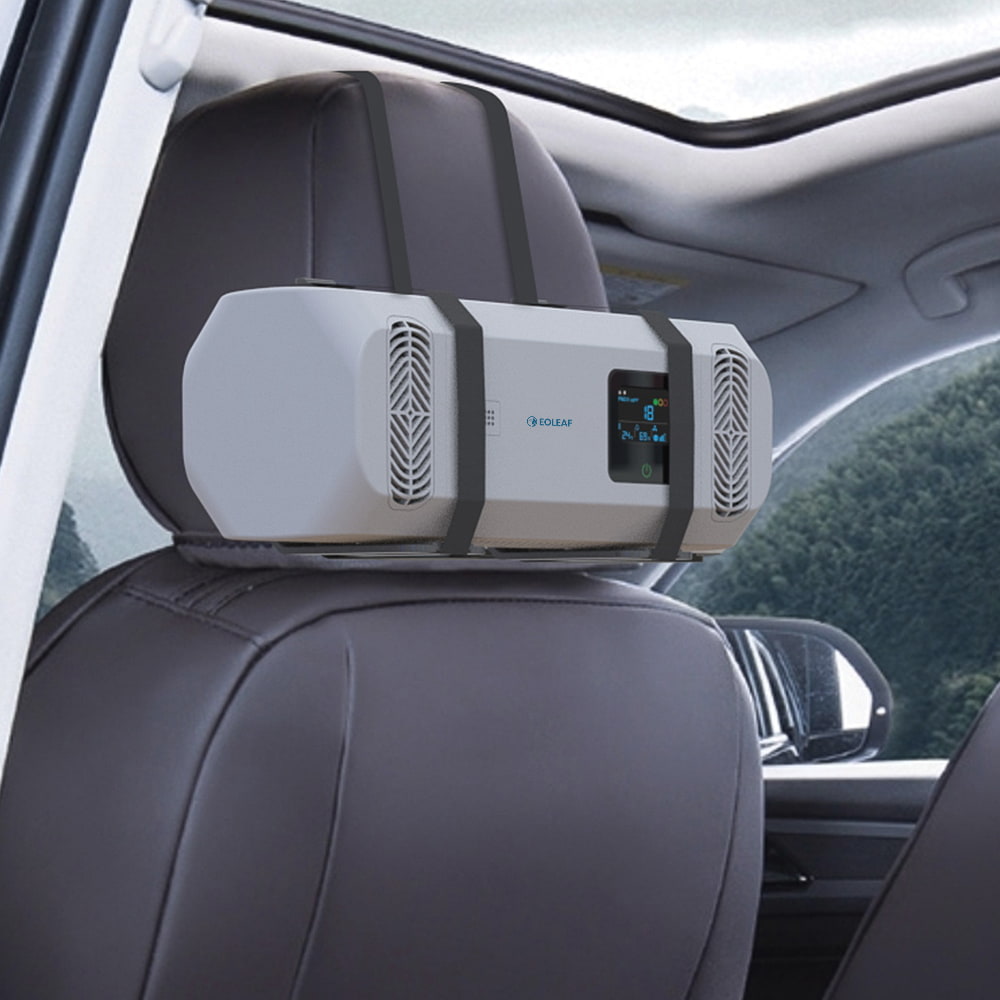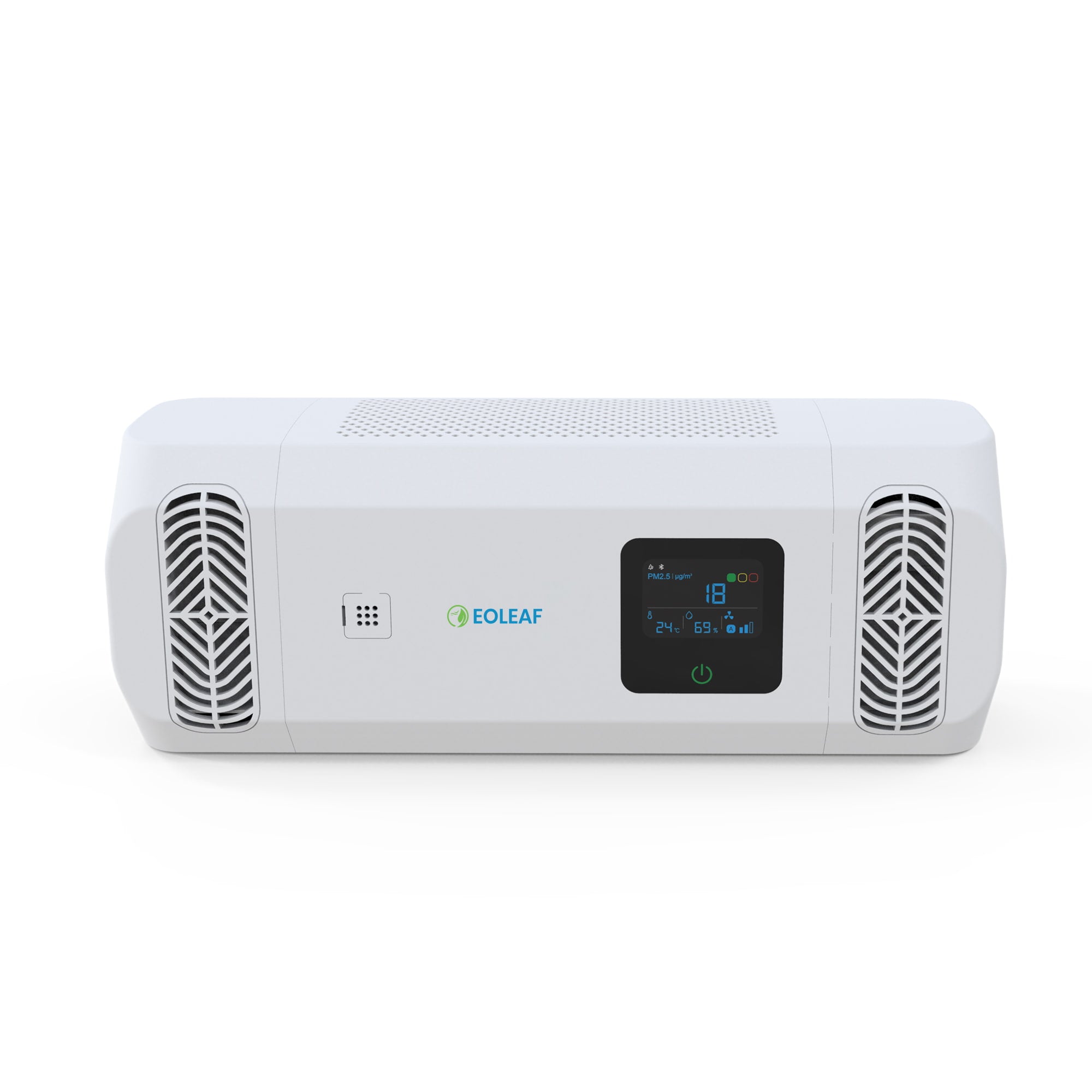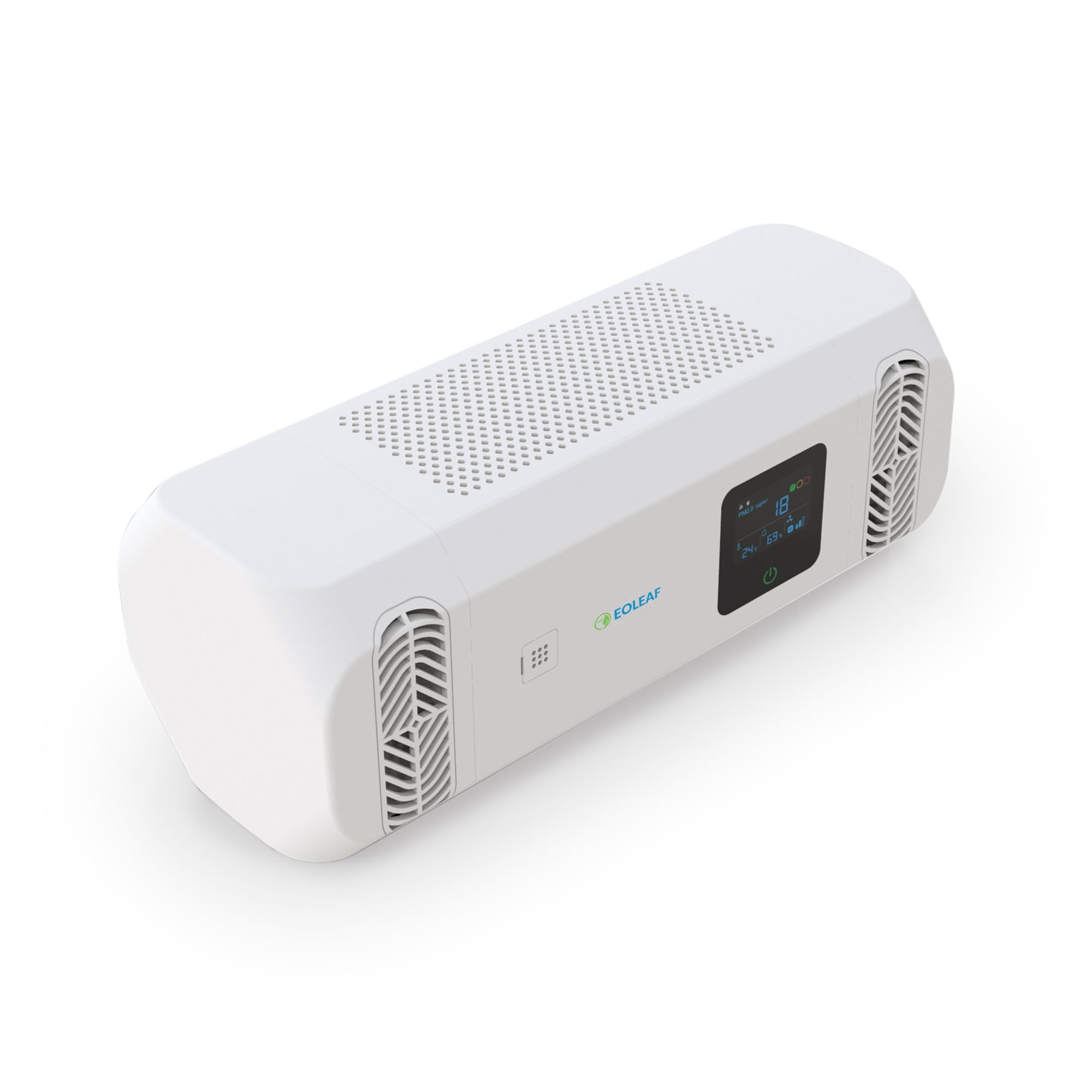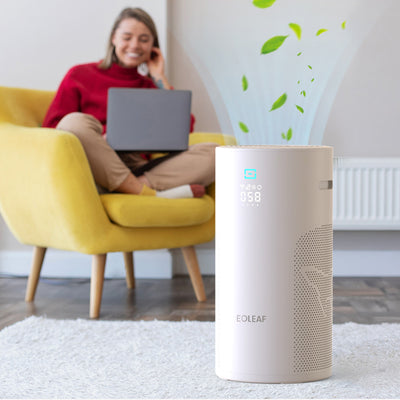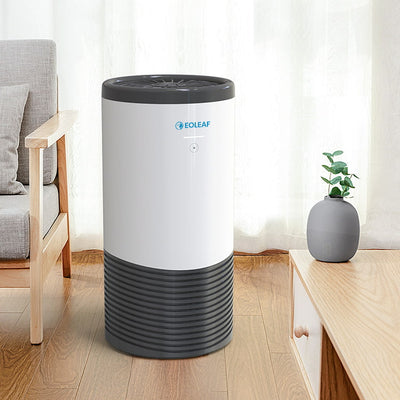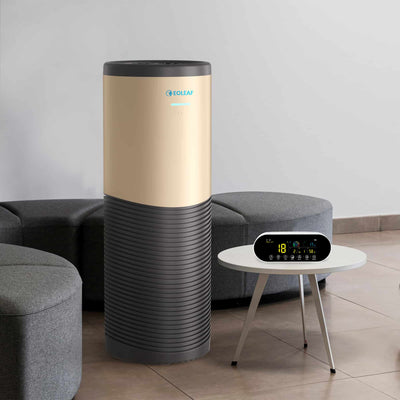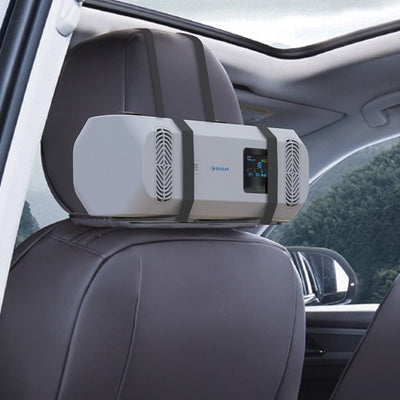Fatigue and air pollution
If you have been feeling overly tired, air pollution could explain your symptoms. In addition to various other health issues ranging from cancer to chronic respiratory disease, studies are showing that poor air quality can lead to fatigue in both adolescents and adults. Could air pollution be a cause of fatigue? How can we protect ourselves? Read on to learn more.

What is air pollution?
When the air is polluted, there are gaseous chemicals that are suspended and circulate in the air. This is caused by emissions created by vehicles, industry such as power plants, and combustion heating in homes, to name a few sources. Some of the main types of air pollutants are nitrogen dioxide (NO2), carbon monoxide (NO), particulate matter (PM), ozone (O3), and sulphur dioxide (SO2). Exposure to these pollutants leads to a host of chronic diseases and conditions, especially those of the lungs and respiratory system and heart. However, it is also linked to mental health disorders like fatigue, depression, and anxiety.
Air pollution’s effects on physical, emotional health, and productivity
Physical health: fatigue
A study performed on adolescents over a 2-year period tested a group of 422 adolescents (average age of 15) in Los Angeles County, California. The goal was to determine whether these individuals felt symptoms like fatigue and emotional distress on days where air pollution was more severe. And indeed, when the air contained higher levels of NO2 and CO, the individuals reported feeling like they had not gotten enough sleep the day after exposure1.
Another similar study was performed on traffic officers who are exposed to noise and air pollution on a daily basis. It found that levels of self-reported fatigue were higher on days with higher concentrations of ozone (O3), PM10, and carbon monoxide (CO). The study equally recommended immediate implementation of environmental protection policies. These policies aim to protect people from the fatigue and other negative health effects that can be caused by air pollution, particularly caused by ozone and fine particles, especially lung cancer and chronic respiratory disease2.
Furthermore, short- and long-term exposure to pollutants like volatile organic compounds (VOCs) and fine particles like dust have been shown to cause fatigue and a feeling of not having gotten enough sleep.

Emotional and mental health
In China, a marked increase in hospital admissions for emotional health problems has been observed on days where air quality was worse – especially when high levels of NO2 pollutants were reported. This increase continued for up to seven days afterwards, notably for symptoms associated with schizophrenia and depression. In addition to mental health issues, physical health is impacted during days of peak pollution with more hospital admissions for respiratory conditions like asthma, lung cancer, and airway obstruction as observed in both China and India1.
According to the American Psychiatry Association, research has also linked air pollution with other mental health and brain disorders. Some include increased levels of stress, depression and anxiety, psychological distress, risk of dementia, and Alzheimer’s3.
Productivity
Naturally, fatigue levels and related symptoms are directly related to our level of productivity. If we are not well-rested, it impacts our performance at work, at school, and at home.
Multiple studies have concentrated their efforts on analysing poor air quality and productivity. A summary of the results are as follows:
- A 2004 study on call centres in Northern Europe and the tropics found that exposure to indoor air pollutants in a normal office setting contributes directly to a decrease in productivity4
- A 2021 study by Harvard University on employees across six countries in varying fields observed a decrease employees’ cognitive function, response time, and concentration levels when exposed to indoor air pollutants (notably PM2.5, carbon monoxide, and carbon dioxide)5
- A 2023 study by the IZA World of Labor noted that the economic effects of exposure to indoor air pollution are significant across multiple sectors as it impacts workers’ productivity, decreasing pay especially for those who work based on performance (results below)6
- A 2016 study by the American Economic Association found yet another link between indoor air pollution exposure, especially fine particle pollutants like PM2.5, and a decrease in productivity amongst workers in a pear packaging factory, generating more demand for welfare benefits7
- A 2021 study on children in school found that exposure to poor indoor air quality, especially to pollutants like PM2.5, NO2, and ozone, impairs function on cognitive tasks, impacting nationwide academic performance8

Tackling fatigue and mental health disorders like depression may bring significant financial benefits. By finding a solution to poor indoor air quality, you invest in employee health and well-being and overall economic output. In fact, when employers invest in clean, pollutant-free indoor air, it can reduce employee headaches and respiratory health problems by 30%, boost work performance by 27%, and improve employees’ sleep quality. It is estimated that spending £30 on clean indoor air per employee results in a £5300 improvement in productivity9.
How can we protect ourselves from air pollution-related fatigue?
There are a few things that we can do to help ward off the symptoms and effects of poor air quality. The first is knowing and understanding the levels of air pollution at any given time in your area. The UK has developed a useful website for tracking air quality in real-time: https://uk-air.defra.gov.uk/. Using it on a consistent basis will help you understand the trends of air pollutant concentration in your area and throughout the country as a whole. This is particularly helpful for those suffering from respiratory conditions like asthma or symptoms of allergies.
Some other small steps we can all take to improve indoor air quality (IAQ) are:
- Walk, bike, or use public transportation rather than a personal vehicle whenever possible
- Properly maintain your vehicle which helps it to consume less fuel
- Never leave your vehicle idling
- Choose environmentally-friendly, low-VOC cleaning products and paints or solvents
- Invest in energy-efficient appliances
- Turn off devices and lights when they are not in use
- Grow indoor plants
- Support local and nationwide environmental legislation that support emissions reductions
Knowing that indoor air is 2 to 5 times more polluted than outdoor air (sometimes reaching up to 100 times!), it is crucial to ventilate your space! This movement of polluted indoor air helps to protect you and your loved ones from airborne contamination. Opening windows and doors frequently allows fresh air to replace stale air is crucial in pushing air pollution out of your space, keeping your lungs safe from inhalation.
Unfortunately, it is not always possible to ventilate your space due to security concerns, extreme temperatures outdoors, and/or high levels of outdoor air pollutants. The latter may pose concerns even when you are able to ventilate your space because if outdoor air pollution enters and becomes trapped inside, it may further put your health at risk. An excellent way to breathe fresh air at home and at work is to purchase an air purifier.
Eoleaf offers high-end air purifiers with a proprietary 8-layer filtration technology combining the most advanced technologies available on today’s air purification market. All of our devices are equipped with a HEPA-certified filter. These filters are able to filter 99.97% of particles of a size greater than or equal to a diameter of 0.1 µm in a single pass, including fine particle pollution up to PM0.1.

Additionally, our air purifiers contain a broad spectrum of filtration technologies and action. They are able to remove other indoor contaminants that may lead to adverse health effects, allergy symptoms, and fatigue including:
- Animal dander
- Pollen
- Mould
- Smoke (from cigarettes or wood-burning stoves)
Protect yourself from fatigue and other negative health effects caused by air pollution by breathing fresh, pure air in the spaces in which you spend the most of your time. Remember: humans spend 90% of their time indoors! Reach out to our team of air purification experts to begin your journey towards breathing cleaner air today.
References
1 Armstrong-Carter, E., Fuligni, A. J., Wu, X., Gonzales, N., & Telzer, E. H. (2022). A 28-day, 2-year study reveals that adolescents are more fatigued and distressed on days with Greater No2 and Co Air Pollution. Scientific Reports, 12(1). https://doi.org/10.1038/s41598-022-20602-z
2 Jazani RK, Saremi M, Rezapour T, Kavousi A, Shirzad H. Influence of traffic-related noise and air pollution on self-reported fatigue. Int J Occup Saf Ergon. 2015;21(2):193-200. doi: 10.1080/10803548.2015.1029288. PMID: 26323778.
3 American Psychiatric Association. (2023, April 12). Air Pollution’s impact on Mental Health. Air Pollution’s Impact on Mental Health. https://www.psychiatry.org/news-room/apa-blogs/air-pollutions-impact-on-mental-health
4 Wyon DP. The effects of indoor air quality on performance and productivity. Indoor Air. 2004;14 Suppl 7:92-101. doi: 10.1111/j.1600-0668.2004.00278.x. PMID: 15330777.
5 Sweeney, C. (2021, September 9). Office air quality may affect employees’ cognition, productivity. T.H. Chan School of Public Health. https://www.hsph.harvard.edu/news/press-releases/office-air-quality-may-affect-employees-cognition-productivity/
6 Neidell, M., Pestel, N. Air pollution and worker productivity. IZA World of Labor 2023: 363 doi: 10.15185/izawol.363.v2
7 Chang, Tom, Joshua Graff Zivin, Tal Gross, and Matthew Neidell. 2016. "Particulate Pollution and the Productivity of Pear Packers." American Economic Journal: Economic Policy, 8 (3): 141-69. DOI: 10.1257/pol.20150085
8 Lu W, Hackman DA, Schwartz J. Ambient air pollution associated with lower academic achievement among US children: A nationwide panel study of school districts. Environ Epidemiol. 2021 Nov 3;5(6):e174. doi: 10.1097/EE9.0000000000000174. Erratum in: Environ Epidemiol. 2022 Feb 25;6(2):e202. PMID: 34909554; PMCID: PMC8663889.
9 How to improve indoor air quality and productivity. Camfil. (2022). https://www.camfil.com/en-gb/insights/air-quality/how-to-improve-indoor-air-quality-and-productivity
Eoleaf's range of air purifiers
NeoPur 400 air purifier
40 m² (450 sq ft) coverage area - Smart & Connected
TeraPur 600 air purifier
80 m² (850 sq ft) coverage area - Ultimate all-in-one
AltaPur 700 air purifier
120 m² (1300 sq ft) coverage area - Professional model
PurCar air purifier
HEPA H13 Filter & Ioniser - For all vehicles

